

Beginning in 2000, IO Interactive developed Hitman video games for release every two years, until 2006 when the series came to a halt after the release of Hitman: Blood Money (and the terrible Hitman film adaptation). The studio shifted priorities to create the Kane & Lynch games, before getting back to the long-in-development Hitman: Absolution, and after impressing us at E3 the summer before last, it’s finally hitting retail.
Does Hitman: Absolution mark a worthwhile return of the stealth franchise and enough new features to compete with the late-generation competition? Read on for our review.
Absolution begins with protagonist Agent 47 – a well-dressed, bald and barcoded assassin – encountering the now-rogue Diana Burnwood, his old handler from throughout the Hitman series. From there, the player embarks on a journey of redemption and personal vendettas across a wide variety of locales. Players may not necessarily feel the emotional impact of Agent 47’s plot-driving decision or the idea that the character is at his lowest point, and newcomers won’t care, but the game does a good job at threading together the missions in a meaningful way and its story is bolstered by well-written and wildly entertaining supporting characters that make up for Agent 47’s empty personality and shoddy dialogue in the between mission cut scenes.
Like its predecessors, Hitman: Absolution is very linear but it maintains one of the franchise’s key pillars in giving players plenty of options for how players can move from point A to point B, and this is where the game really shines, literally. The visuals and presentation are gorgeous and each and every map is extremely unique and varied, keeping players on their feet and always making the experience feel new and engaging.
While the game essentially throws players into one enclosed set piece after another, each succeeding chapter is larger and more elaborate. Players are required to provide a little more patience and put more effort into scouting out locations and planning a course of action and there are a lot of new ways that can be accomplished. There are bosses for most mission areas in a sense, but they (the specific targets) can be taken with a bullet, a takedown or a carefully devised trap, meaning they aren’t super soldiers and are usually only differentiated by better weaponry.
IO’s Glacier 2 engine gives Agent 47 the opportunity to conduct operations in environments occupied by hundreds of NPCs at a time, from the cheering audience at fight night and rush hour commuters to partying crowds downtown. 47 can now hide among the people in addition to the shadows or in disguise. The ability to blend with the crowd is reminiscent of the Assassin’s Creed games and it’s an apt comparison for more than just this reason.
Absolution embraces the idea that Agent 47 is no ordinary individual, not that he ever was as a bio-engineered killing machine, but now he has more than just experience and the know-how of the world’s best assassin. He also has what amounts to superpowers in the form of ‘Instinct.’ Instinct (think Assassin’s Creed’s Eagle Vision) is IO Interactive’s way of giving the series a few new gameplay elements that change the way players strategize or engage in combat. The most important function is the simple ability to activate Instinct mode at any time, changing the view to an X-Ray like overlay, where 47 can see NPCs through walls, can identify friend from foe, and can see the paths of moving targets.
Using Instinct – the game’s most ‘video gamey’ feature – is key to planning out a path of traversal in order to avoid detection, or to see where enemies may be approaching from if engaged in combat. Activating Instinct vision doesn’t reduce the Instinct bar – which fills up when the player completes stealth takedowns or completes objectives – but trust us when we say having this ability does not make the game easier. When in disguise and enemies begin to take notice, players can activate Instinct, trading it for a few more seconds of remaining unnoticed while in the sight lines of the suspicious. This must be used very sparingly but adds an important element of risk and intensity to close quarters situations.
The final element of Instinct is the point shooting feature, which arguably shouldn’t be required for elite players and those playing on their second and third playthroughs who need to remain hidden to succeed (to achieve high scores). Activating point shooting while in Instinct view will slow time to a a near standstill and let players tag locations where to shoot, whether that be people or (explosive) objects. This will let 47 use his iconic Silverballer pistols (or any other gun) to dispatch a room full of people with carefully placed headshots, but each tag placed (and the longer it takes to place them) drains the Instinct rather quickly.
In theory, point shooting should help make those rare gun fights in the open more manageable, but activating point shooting in the heat of the moment proves tricky at times, and dispatching non-targets results in a hefty point penalty. Hitman: Absolution keeps a running tally of points in each mission, earned for completing objectives with hefty bonuses for completing them in certain ways (i.e. using the environment). Points are docked and players are penalized however for taking out other NPCs no matter how evil they may be, even if its nonlethal. Negative points can often be balanced out by hiding the body in the bountiful number of bins and closets, but being spotted or engaging in gun fights is punishing in a way that players will feel inclined to load the latest checkpoint repeatedly.
The point system encourages and rewards stealth gameplay, and it amounts to rewarding Agent 47 with stat bonuses, but it’s punishing in a way that does not reward any other styles of play. It’s a shame because the cover-shooting combat mechanics are very fun. Players may find point bonuses not always worth the time and effort required for repeated trial and error testing of optimal strategies, and certain missions may force players into a corner where the most fun (or least frustrating) way to proceed is to shoot your way out. Absolution is immensely replayable and combat-focused players will at least learn the lay of the land and alternate routes on their first playthrough. For those not interested in re-doing missions however, the game will continue to punish them with negative scores.
Not everyone will finish the game according to Absolution director Tore Blystad, but for the completionists, Contracts mode is the perfect way to re-experience the game’s levels and NPC in a completely different way. Contracts mode lets players create challenges by picking NPC targets and certain rules (i.e. use a specific weapon, avoid detection) and once they complete it themselves, others can compete for the highest score, all the while earning in-game money to purchase disguises, weapons and upgrades.
Doors opening without ever being touched and closing slowly on their own, guns appearing in the hands of Agent 47 without ever being drawn and disguises magically surfacing on the protagonist, inexplicably changing back to default attire mid-mission, along with other missing animations put Hitman: Absolution a tad behind the likes of Max Payne 3 in terms of polish, but Hitman: Absolution is a beautiful game nonetheless.
Throughout the game’s meaty campaign players will find themselves occasionally falling into the age-old stealth game problem of grinding down predictable AI, but the level designs, creative and unique story-driven assassination set pieces and solid gameplay help Hitman: Absolution stand as one of the most fun and rewarding stealth games available. A contender for best in the series, Hitman: Absolution requires patience, tactics and a cool head and if at first, you don’t succeed, try, try again. Even if you do succeed, try again to do it better.
Hitman: Absolution releases November 20, 2012 for the PS3, PC, and Xbox 360.
–
Follow Rob on Twitter @rob_keyes.
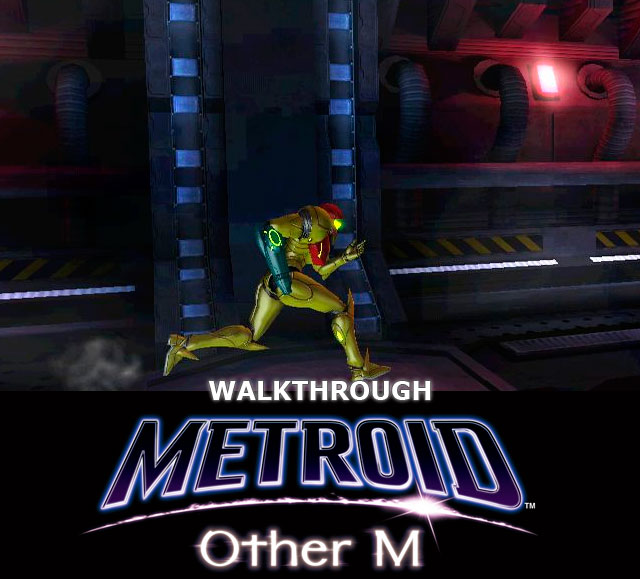
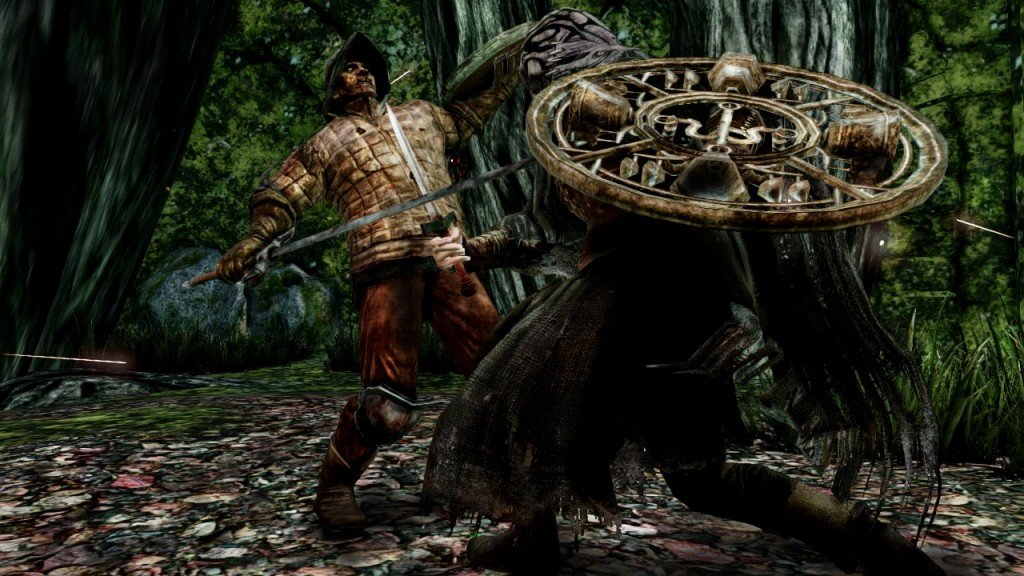

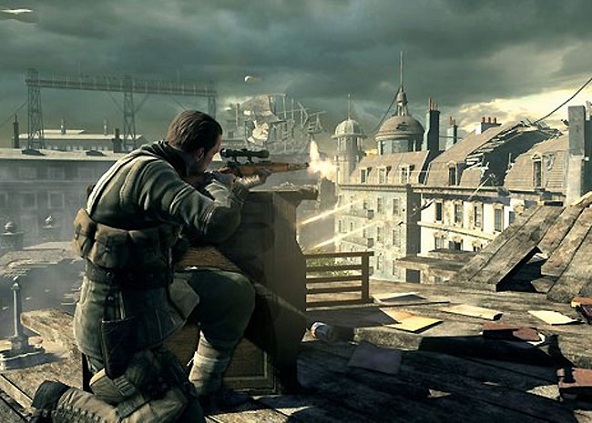
 Dark Souls 2 Magic Guide - Miracles
Dark Souls 2 Magic Guide - Miracles Top 5 Best PS Vita Launch Games
Top 5 Best PS Vita Launch Games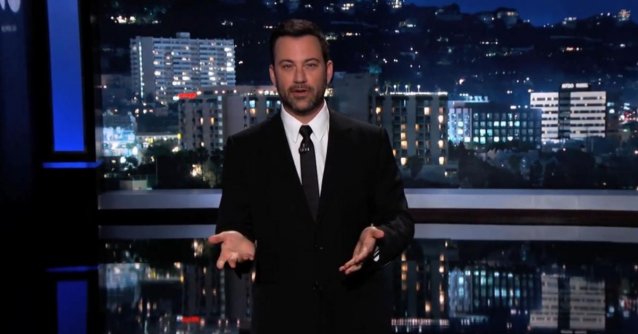 Why Jimmy Kimmel is Wrong About YouTube Gaming and Gamers
Why Jimmy Kimmel is Wrong About YouTube Gaming and Gamers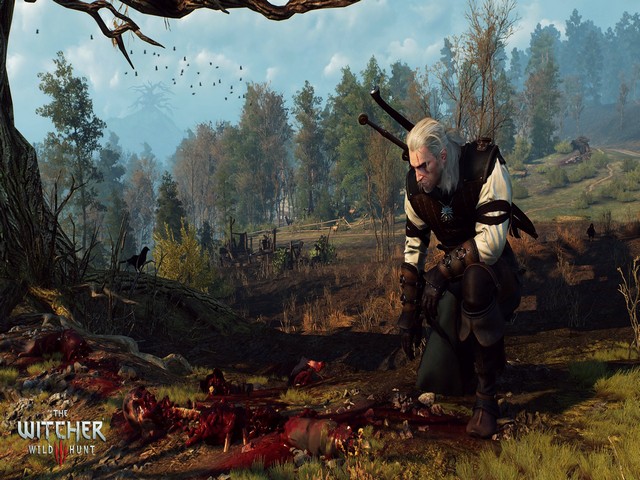 How to fix Auto Sheathe/UnSheathe Sword for The Witcher 3 by using Mod
How to fix Auto Sheathe/UnSheathe Sword for The Witcher 3 by using Mod Street Fighter V: List of combos for beta characters
Street Fighter V: List of combos for beta characters